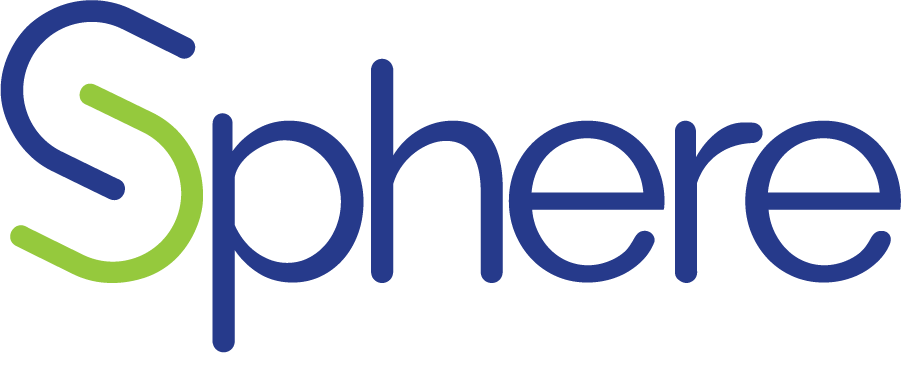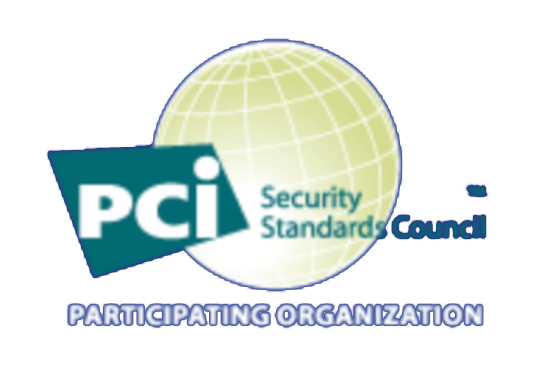For the vast majority of Americans, healthcare isn’t getting any more affordable, and that means providers must account for this reality by offering flexible payment options to patients.
A 2021 consumer survey by U.S. Bank revealed that healthcare affordability continues to be a challenge, particularly given the COVID-19 pandemic’s effect on employment, household finances and insurance coverage. Further, the pandemic-related affordability crunch came during a time when Americans are shouldering an increasingly high percentage of their own healthcare costs, due in part to the surge of high-deductible health plans (HDHPs) in recent years.
For example, household healthcare insurance expenditures nearly doubled between 2010 ($1,831) and 2018 ($3,405), according to a 2020 report from the U.S. Bureau of Labor Statistics. Further, the availability of HDHPs for private industry workers participating in medical care plans increased from 24% to 45% during the same timeframe.
For patients who are forced to manage these financial challenges, flexibility and convenience of payment options are paramount. Providers can increase the likelihood of prompt payment by catering to consumer preference through a variety of means, including offering pre-appointment payment services, presenting omnichannel payment options, and granting payment plans.
Pre-appointment communication and payment: To help patients avoid surprise expenses, providers should communicate important payment details prior to patient visits, such as the services and amounts for which they’ll be charged, what insurance will cover and how much they’ll be expected to cover out-of-pocket. This can be accomplished as a portion of the pre-visit process when sending appointment reminders.
Reminders should include information verifying insurance and demographic data and indicating anticipated payment details such as outstanding balances, copay and effect on patient’s deductible. Performing these activities outside of the office has grown in importance since the pandemic, as patients have become much more conscious of in-office cleanliness and time spent in shared indoor spaces. U.S. Bank’s survey found that 76% of healthcare consumers are worried about payment device cleanliness, and 58% of consumers view providers more favorably if they offer contactless payment options.
Omnichannel options: Most providers treat patients from a variety of different financial backgrounds and situations. Similarly, patient preferences for communication and payment acceptance encompass an assortment of options that may include email, call center, Interactive voice response (IVR), paper, kiosks, point of service, guest pay, or text message.
For example, when consumers were asked in the survey how their provider could modernize payments, the top answer was online patient portal (37%), followed by mobile app (32%), contactless mobile wallets (24%), pay by text (20%) and pay by scanning QR code (17%).
Additionally, providers should seek out payment systems that can easily be integrated with their electronic health records systems, enabling payments to post automatically to the patients’ account with minimal disruption of workflow.
Payment plans: Patients who use payment plans are more likely to pay their bills in full and on schedule, according to previous surveys. By offering payment plans, providers can free up staff time and expenses that would have been devoted to collections and give patients greater feelings of flexibility, control, and satisfaction.
Patients report that they are eager for payment options that help them manage medical expenses, with 59% likely requiring recurring bill payments, according to U.S. Bank. Further, 46% of patients are likely to take advantage of a prompt-pay discount if they can’t afford the service, further illustrating patients’ desire for payment flexibility.
In an environment of surging HDHPs and rising copays, achieving prompt collections from patients is likely to represent a continuing challenge for providers. However, providers can make life much easier on patients (and themselves) by offering flexible payment pre-appointment payment and communications choices, omnichannel options, and payment plans.
To learn more about how Sphere can help your practice deliver a wide variety of integrated payment options to patients, click here.




